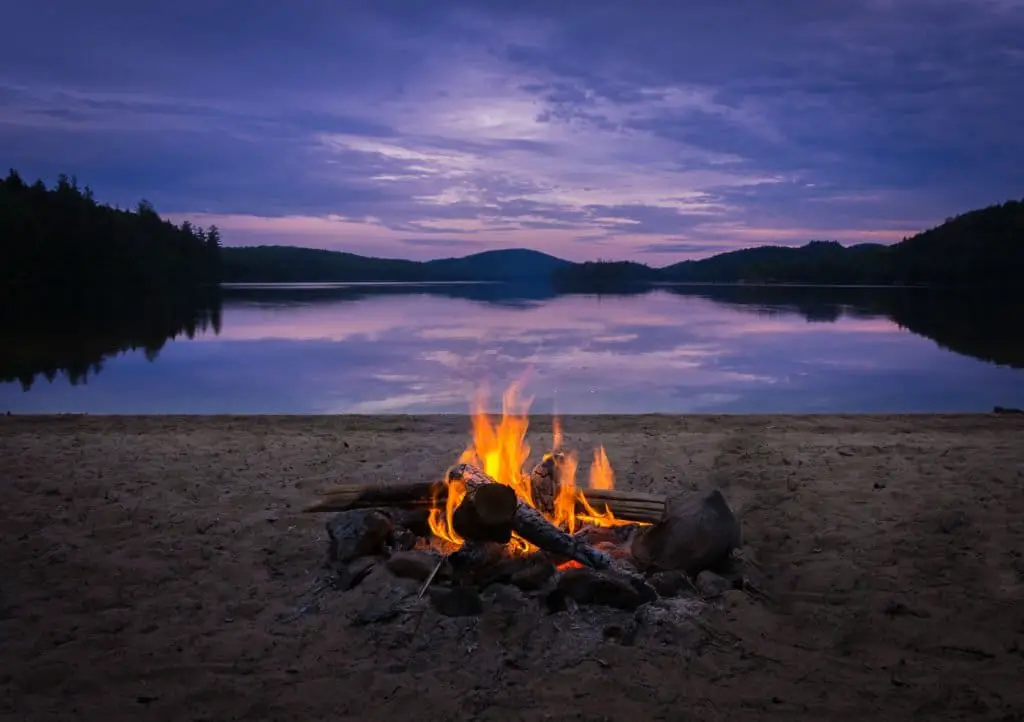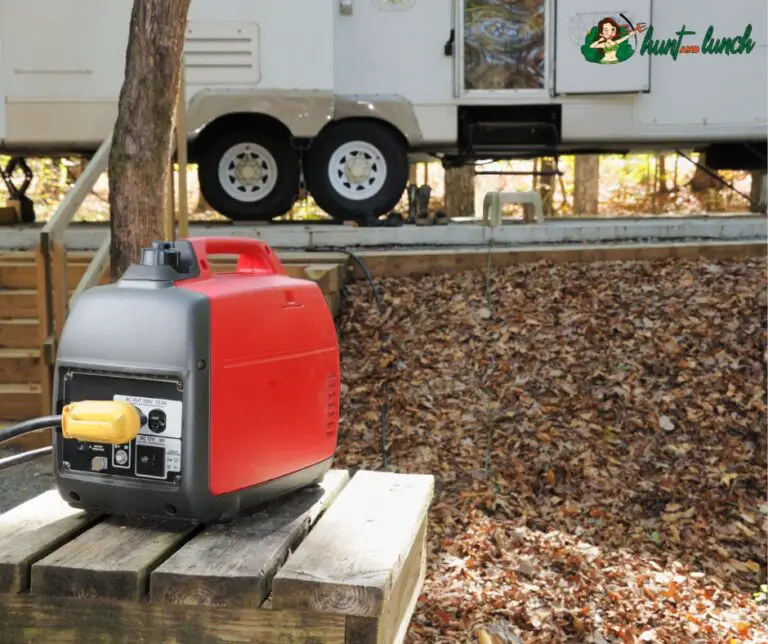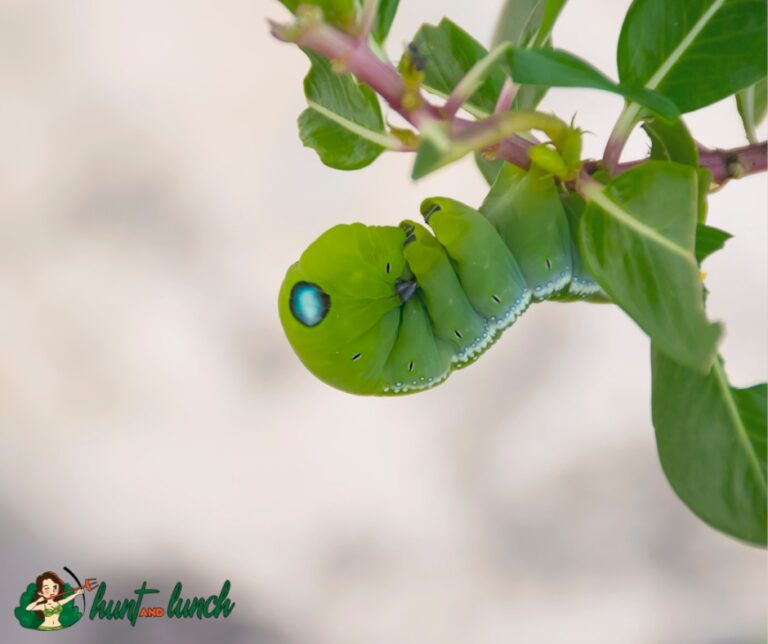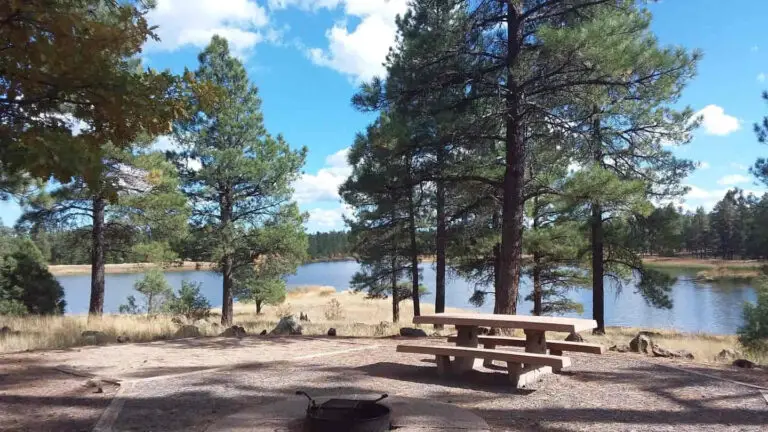
The first form of intentionally started a fire in history was a campfire. From its discovery, it was served as a tool to cook food, to light up the dark and the most basic purpose of it was to provide warmth. Soon the campfires were the center of happenings in tribes, a lot of legends revolve and start out of the campfire and continue to be told in the campfire stories. To know how hot is a campfire, first, you have to know how to build it.
Building The Campfire
Before starting the fire in the wilderness, make sure the safety is the first thing you think about. If you’re at the campsite that already has a fire area, use that one, if not, then you have to make your own. When you choose the site for the fire, be sure that is away from bushes, trees, and other plants.
The base for the fire must be on bare ground; it has to be free of grass. If there is no bare ground area around, dig a bit and clean the designated area of plant material. The next step is to make a platform out of the dirt. Gather the dirt in the center of the area and form a platform that is around four inches thick.
The next step is to find the fuel for the fire. You will need three basic materials to build a campfire: fuelwood, tinder, and kindling. The fire starts with tinder, it catches fire very easily and burns fast. Dry bark, dry grass, wood shavings and dry leaves all make a good tinder.
To keep the flame going, you will need something with more substance. You can’t just throw a pile of logs into the fire and expect it to last. The next addition to the campfire is kindling. It consists of branches and small twigs. The pieces should be the size of a pen.
Kindling has to be dry, or else it won’t burn that easy, and it can smother the flame. Now to keep the fire hot and burning for a longer period of time, you will need the fuelwood. Don’t go too big; it’s just going to take a lot more time for logs to catch fire. The best fuelwood is the branches the size of your forearm.
Once you got all the materials, it’s time to lay your fire. There are three types of lays you can go with: teepee fire lay, log cabin fire lay, and lean-to fire lay.
Teepee Lay:
- Put tinder in the center of the fire site.
- Form a teepee using kindling above the tinder. Leave the opening in a teepee on the side where the wind is blowing. This is a nature hacking at its best; the wind will provide the oxygen needed to start the fire faster.
- Add kindling to teepee going from larger to smaller pieces.
- Make a large teepee structure around kindling teepee suing fuelwood.
- Light a match under the tinder. The lay will direct the flame up, and it will rise to the kindling and move on to fuelwood.
- Eventually, the teepee structure will fall, and when that happens, just add more fuelwood to the fire.
Lean-to Lay:
- Get a long piece of kindling and put it into the ground facing the wind at a 30-degree angle.
- Form a tinder bundle under the stick.
- Put small pieces of kindling around the nest.
- Lay smaller pieces of kindling against the stick in the ground, and add one more layer of large pieces of kindling.
- Light the tinder.
Log Cabin Lay:
- Create a small teepee lay.
- Get some larger pieces of fuelwood and put them on the opposite sides of the teepee.
- Pick smaller pieces of fuelwood and lay them across the ones you put earlier.
- Repeat the process while using smaller and shorter pieces every time forming a cabin.
- Light it up.
Campfire Hotness
The fire burning process is the same no matter the method you use. Campfires can get really hot sometimes; the upper temperature can go up to 1220F. Your campfire and most of them are not so likely to reach this temperature.
A lot of people believe that the color of the flames can indicate the temperature of the fire. A deep red color of charcoal fire indicates that the temperature is around 1100F, while orange-yellowish indicates the temperature around 2000F.
Several things affect the temperature of the campfire:
- Species of Trees
- Type of wood
- Air Flow
Tinder burns at the lowest temperatures, which is why we use it for starting the fire. Kindling is the type of wood that is used next, and since it’s a bit thicker than tinder, it burns at a higher temperature than tinder. Fuelwood being the main resource to keep the fire burning, it achieves the highest temperatures of the all three types.
The temperature also can be affected by the species of trees from which the wood is used. Different species have different properties, for example, green woods produce low heat. Willow burns at a lower temperature than pine, etc. Airflow is a very important addition to the fuel to keep the fire hot. The three elements that make the fire are heat, oxygen, and fuel. Highest air flow will result in the hotter fire, and vice-versa.
Also, the hotter and bigger the fire, the more risk there is for it to spread uncontrollably if certain precautions are not taken. Don’t build a fire bigger than your needs, and make sure you build it correctly because it will burn at high temperatures for several hours.
Read More: 3 Reasons Why You Need Campmate’s Kitchen in Your Life
Conclusion
Campfire temperature can vary and to know how hot is a campfire, some of the few factors have to be taken into consideration, and it rarely can achieve the temperature of 1200F. These kinds of campfires are built for a purpose, and regular ones don’t have to and won’t reach extreme temperatures. The wood campfire will in most cases reach up to 1000F and won’t go any higher than that.

I’m Cindy, a free-spirited outdoor enthusiast. Since childhood, Our family frequently goes on weekend camps and my father, who was a skilled hunter, used to teach my siblings and me valuable things about wildlife survival. I made this blog to share my knowledge, experiences, and tips.






